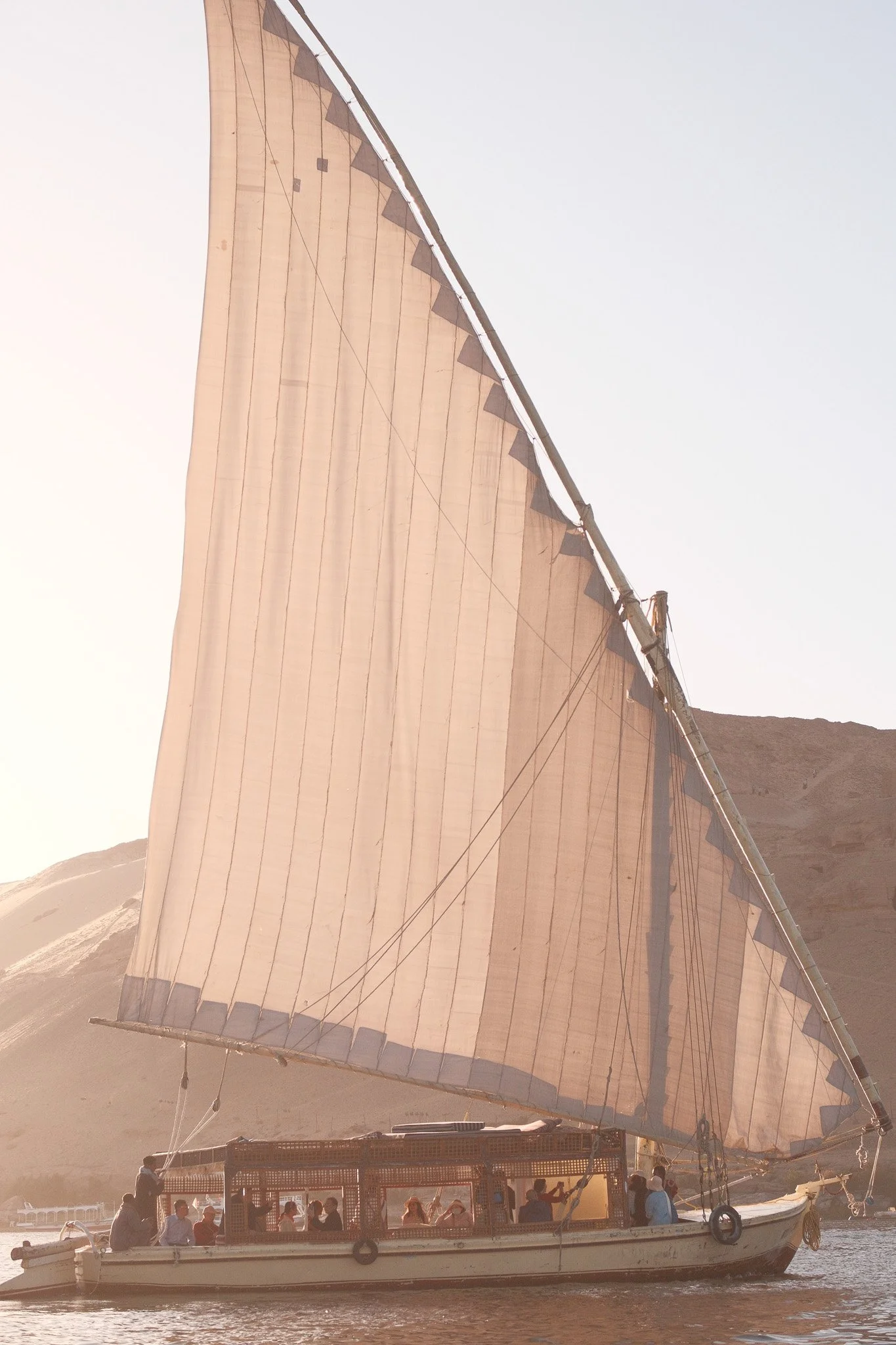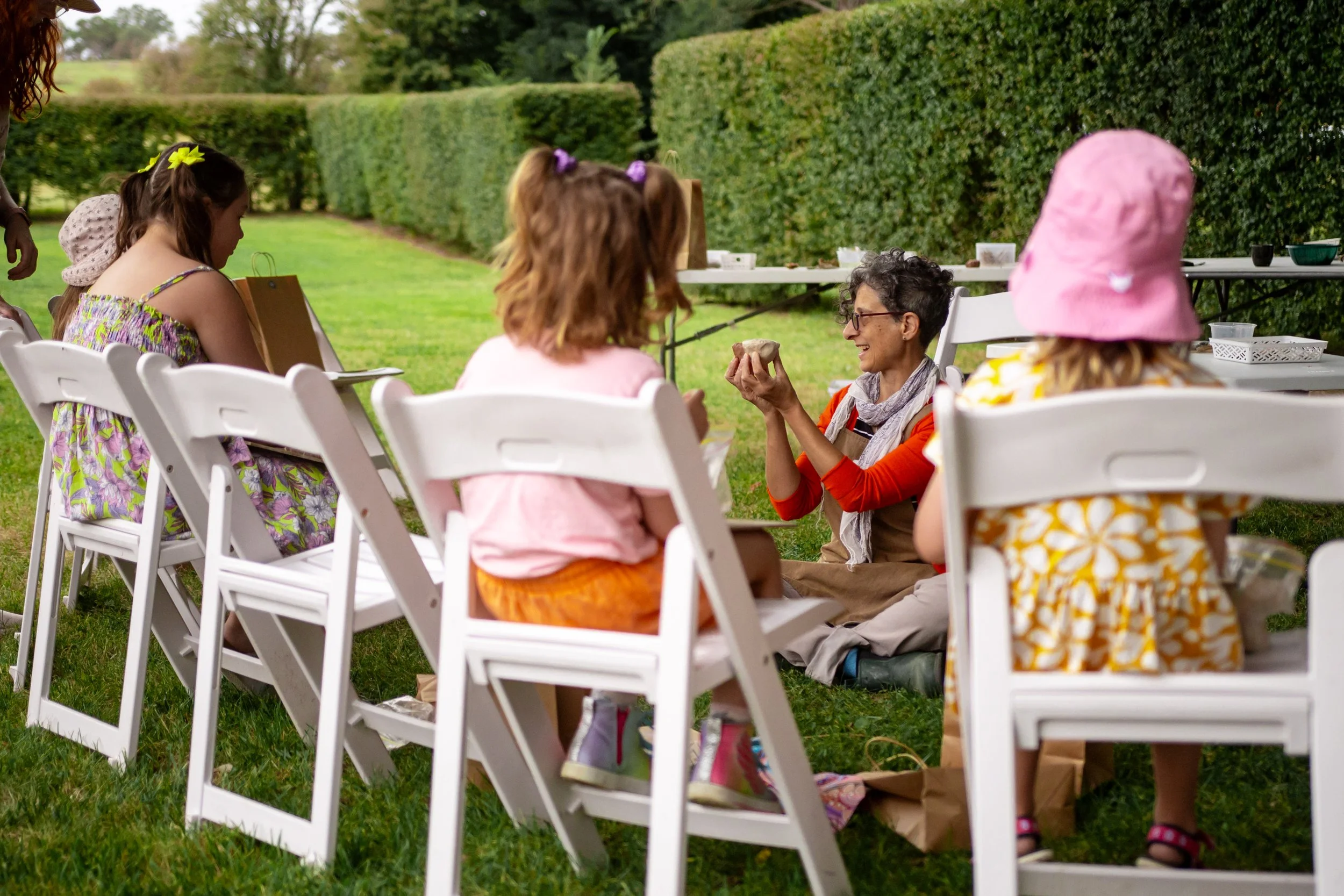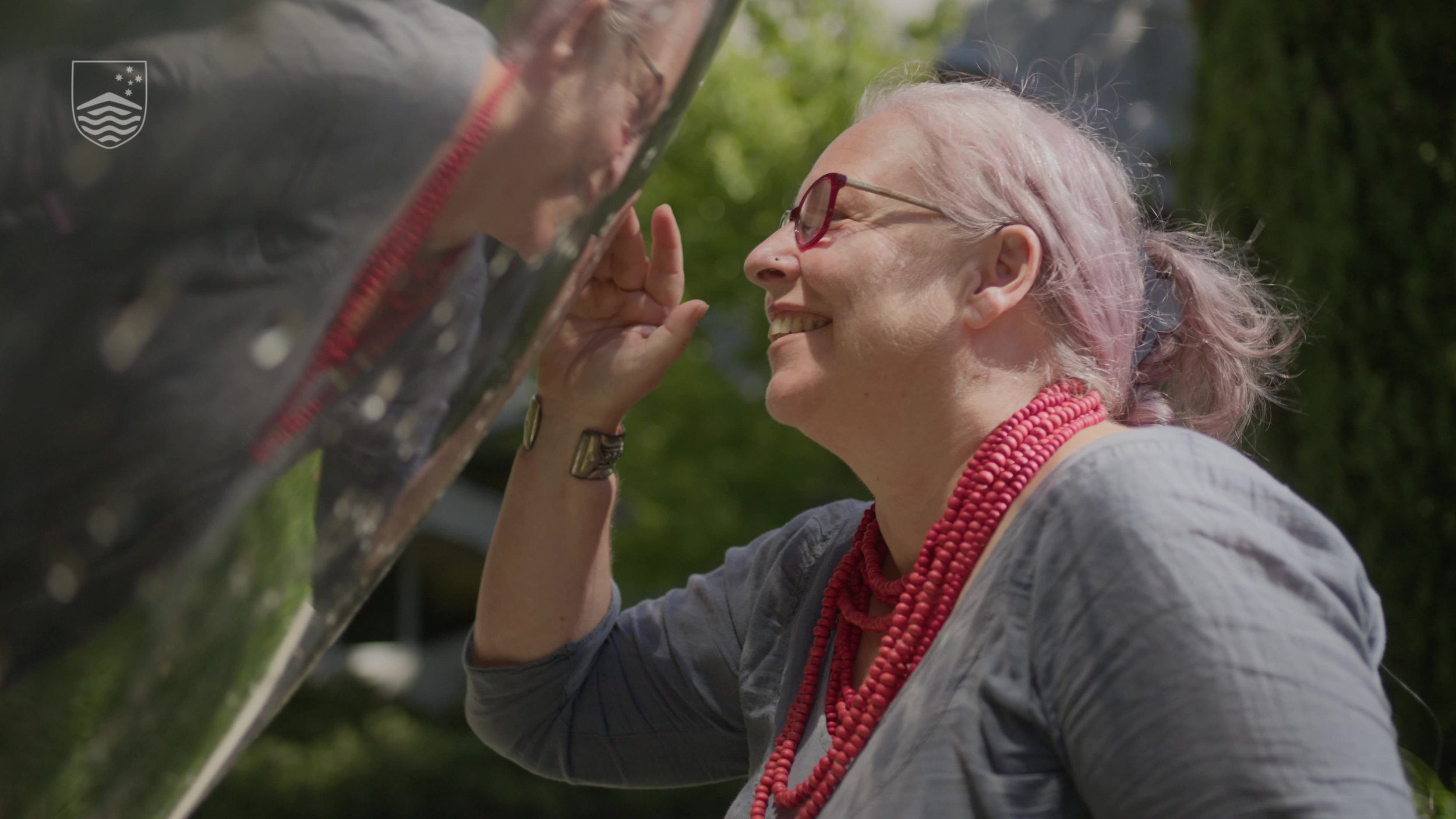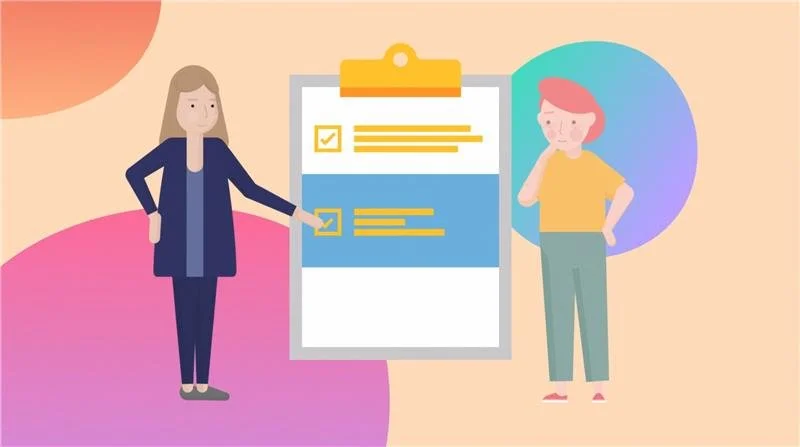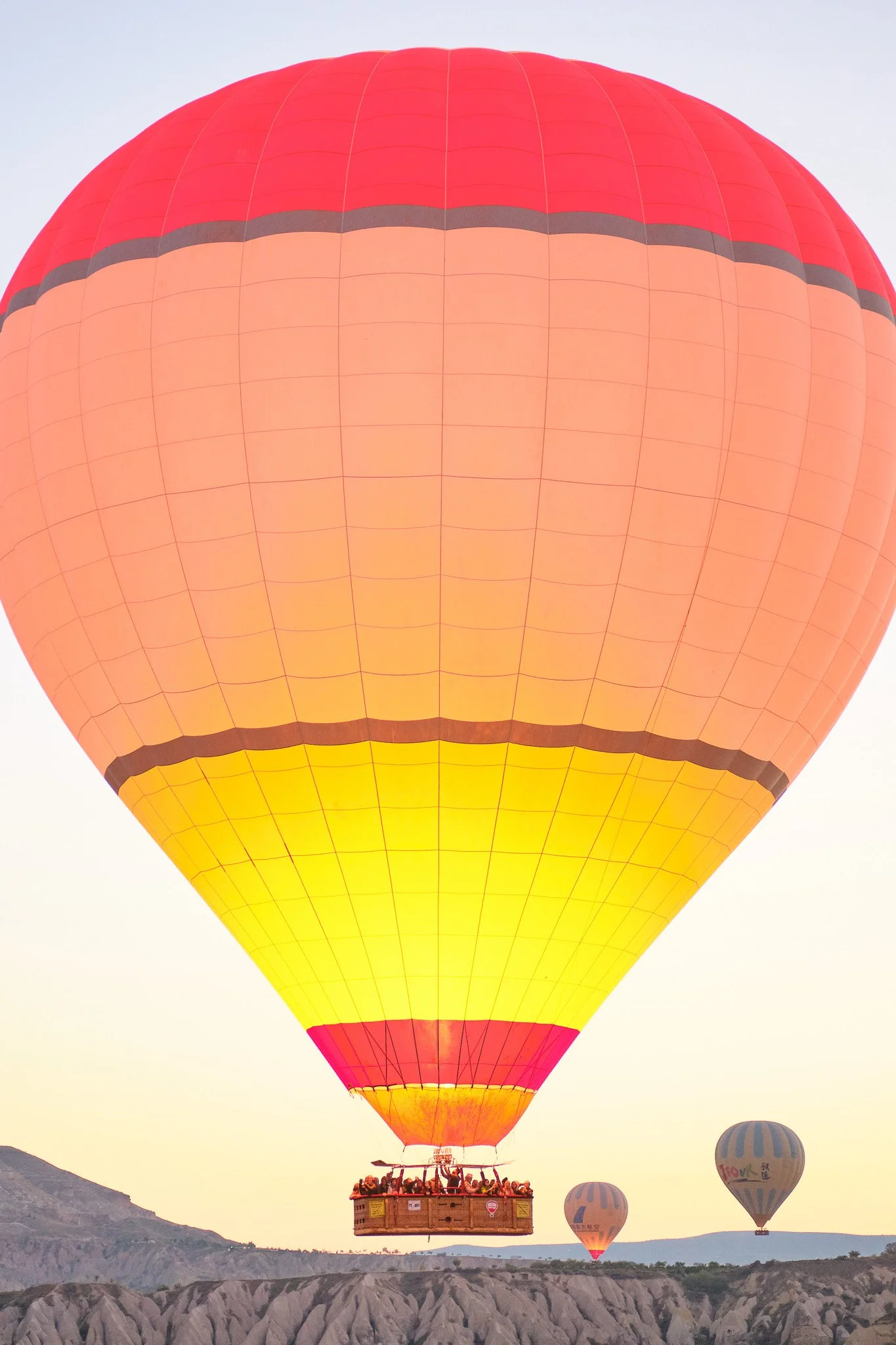
VIDEO PROPOSAL.
Presented for
We want to help you bring the museum’s stories to life.
This proposal outlines the production of 30 short educational videos (10–15 minutes each) to support the Wind Energy Centre’s mission of engaging, educating, and preserving its unique heritage. These videos will form part of the museum’s curriculum-based programming, highlighting key scientific and historical themes while showcasing the expertise and passion behind the centre’s exhibits.
The series will feature a mix of animated explanations, on-location filming, interviews with experts, engineers, and volunteers, and archival/stock footage. Designed to captivate diverse audiences, the content will emphasise the museum’s historical artefacts, including rare machinery like the drive belts, and the centre’s vision for sustainable innovation, including the turbine on the new building.
OVERVIEW.

OBJECTIVES.
Educate and Inspire
Create curriculum-aligned videos for Key Stages 1–4 in subjects like History, Science, Technology & Design and Art & Design, making wind energy and its history accessible and engaging.
Preserve Heritage
Document and showcase the museum’s unique collection, including working windmills, wind pumps, and rare machinery, ensuring their stories are preserved for future generations.
Promote Sustainability
Highlight the past, present, and future of wind energy, including the museum’s new sustainable building and turbine, while fostering awareness of renewable energy’s role in addressing climate change.
Engage the Community
Feature interviews with local volunteers, engineers, and community members to celebrate the collaborative effort behind the Wind Energy Centre.
Deliver Accessibility
Ensure all videos include captions and are designed to be inclusive for diverse audiences.
The videos will deliver clear, engaging, and educational messaging aligned with the Centre’s mission to inspire curiosity, promote learning, and celebrate innovation. Key themes include:
Heritage and Innovation: Highlighting the history of wind energy and its role in shaping modern sustainable practices.
Community and Collaboration: Showcasing the contributions of experts, volunteers, and local communities in preserving and advancing wind energy.
Education and Accessibility: Simplifying complex concepts for young learners while making the content relatable and aligned with the curriculum.
Environmental Stewardship: Emphasising the importance of renewable energy and sustainable design for a brighter future.
Engagement and Exploration: Encouraging curiosity, creativity, and hands-on exploration through visually captivating storytelling.
The tone will be approachable and enthusiastic ensuring that viewers feel informed, inspired, and connected to the Centre’s vision.
MESSAGING.

APPROACH.
To deliver a compelling and impactful series of videos for the Wind Energy Museum, we will employ a thorough and collaborative production process, focusing on quality, creativity, and alignment with your vision.
Pre-Production
Workshops and Planning: Collaborate with the client to workshop and refine topics for each video, ensuring they align with the museum’s vision, objectives, and curriculum requirements.
Script Development: Prepare detailed scripts for voiceover-led videos, incorporating key messaging and educational content.
Interview Preparation: Develop tailored interview questions for expert-led and volunteer-led videos to capture engaging and authentic insights.
Storyboard Creation: Design storyboards for animation videos, mapping out visuals to complement the scripts and ensure clarity and creativity.
On-Site Filming
Interviews: Conduct high-quality interviews with experts, volunteers, and community members to highlight their unique perspectives and contributions.
Exhibit Footage: Film working exhibits, including windmills, wind pumps, and unique machinery (e.g., drive belts), using professional-grade cameras and lenses to capture detail and atmosphere.
Aerial Footage: Use drone technology to capture dynamic aerial shots of the museum grounds, Thurne Windmill, and the surrounding Norfolk Broads.
Animation Production
Create visually engaging and educational animations to illustrate complex concepts, such as how wind energy works, the history of wind harnessing, and the design of wind turbines.
Collaborate with the client on iterations to ensure accuracy, creativity, and alignment with their objectives.
Production Team
A dedicated producer will lead interviews and oversee filming logistics to ensure consistency and quality.
A skilled videographer will operate high-quality cameras and equipment to capture professional footage.
Animation specialists will work on visually appealing sequences that enhance the videos’ educational value.
Post-Production
Edit all videos to include captions, voiceovers, and overlays, ensuring accessibility and polished delivery.
Integrate archival footage, where relevant, to add historical context and enrich the narrative.
Collaboration and Feedback
Maintain ongoing communication with the client to gather feedback at every stage, from scripting to final delivery.
Ensure the final content meets both creative and educational standards, ready to inspire and inform visitors.
We propose a structured approach to the 30 educational videos, ensuring they are engaging, curriculum-aligned, and tailored to different age groups. The topics outlined below provide a framework for how the content could be developed, offering a balance of history, science, design & technology, geography, and art & design to make wind energy and its impact more accessible and immersive for students from Key Stages 1–4.
Each video will be crafted using a mix of live-action footage, expert interviews, on-site filming, animation, and archival material, depending on what best serves the subject matter and the target age group. While these themes serve as a foundation, we will work closely with you to refine and tailor the topics, ensuring they align with the museum’s vision, educational goals, and the national curriculum.
This flexible approach allows us to create high-quality, engaging content that not only supports classroom learning but also brings the museum’s rich heritage and innovations in wind energy to life in an exciting and dynamic way.
DELIVERABLES.

Key Stage 1 (Ages 5–7) – Introduction to Wind Power & Simple Machines
What is Wind? (Science & Geography – Live-action & Animation)
Explaining how wind moves and its effects on landscapes.
Wind Power Through Time (History – Live-action & Archive Footage)
Storytelling with visuals of historic windmills and their early uses.
How Do Windmills Work? (Design & Technology – Live-action & Animation)
A simple breakdown of gears, pulleys, and moving parts using Thurne Windmill as an example.
Where Does Wind Come From? (Geography – Animation & Archive Footage)
Understanding weather patterns and wind formation.
The People Behind the Machines (History – Live-action & Interviews)
Introducing historical figures and local workers who built and maintained windmills.
Design Your Own Windmill! (Art & Design – Live-action & Animation)
Exploring different windmill styles and encouraging students to create their own models.
Exploring Thurne Windmill (History – Live-action on-site)
A child-friendly tour of Thurne Windmill, explaining its function in draining marshland.
Key Stage 2 (Ages 7–11) – Exploring Machines, Energy & Heritage
The Industrial Revolution and Wind Power (History – Archive Footage & Live-action Interview)
Exploring the role of wind energy in industrial growth.
How Does Wind Create Energy? (Science – Animated Explainer)
Visualising how kinetic energy turns into electricity.
The Mechanics of Drive Belts & Gears (Design & Technology – Live-action Demo)
Filming museum artefacts to explain how machinery transmits energy.
Wind Power Around the World (Geography – Animated & Archival Footage)
Comparing wind energy use across different countries.
Designing Future Wind Energy Solutions (Art & Design – Animation & Live-action Interviews)
Encouraging creative ideas for sustainable design.
The Role of Wind in Travel & Trade (History – Live-action & Animation)
Exploring how wind-powered ships shaped global trade routes.
The People Who Keep History Alive (History – Live-action)
Featuring museum volunteers, engineers, and historians.
How Do Windmills Pump Water? (Science – Live-action & Animation)
Demonstrating the Norfolk wind pump’s role in drainage and its impact on the landscape.
Key Stage 3 (Ages 11–14) – Engineering, Sustainability & Societal Impact
Wind Turbines: The Future of Renewable Energy (Science – Live-action Interviews & Animation)
Exploring how modern wind farms operate.
The Evolution of Wind Technology (History – Animation & Archival Footage)
Examining how wind energy has progressed.
The Best Locations for Wind Power (Geography – Animation & Archival Footage)
Understanding wind patterns and site selection for wind farms.
Building a Small Wind Turbine (Design & Technology – Live-action Hands-on Guide)
A step-by-step model-building tutorial.
How Do Wind Turbines Generate Electricity? (Science – Animation & Live-action at a Wind Farm)
Breaking down the mechanics of energy conversion.
Wind Power in Architecture (Art & Design – Animation & Archival Footage)
Examining buildings that integrate wind energy into their design.
Norfolk’s Wind Pumps: A Local Legacy (History – Live-action & Archival Footage)
Looking at how wind-powered drainage shaped the economy and landscape.
Key Stage 4 (Ages 14–16) – Advanced Engineering, Climate Impact & Careers
The Physics of Wind Power (Science – Animated Explainer)
Understanding aerodynamics, wind speed, and efficiency.
How Wind Energy Shaped Industrial Growth (History – Live-action & Archival Footage)
Linking past innovations to modern advancements.
Climate Change & Renewable Energy (Geography – Animation & Archival Footage)
The role of wind power in reducing carbon emissions.
Innovations in Wind Technology (Design & Technology – Live-action Interviews & Animation)
Exploring cutting-edge developments in wind energy.
The Technology Behind Wind Energy: Careers & Innovations (Design & Technology – Live-action Interviews & Animation)
Exploring wind turbine technology, innovations in design, and career opportunities in renewable energy.
How Wind Energy Benefits Communities (Geography – Live-action Interviews of Local Projects)
Examining the social and economic impact of wind power.
The Science of Bird Migration & Wind Currents (Science & Geography – Animation & Archival Footage)
Exploring how birds use wind for flight and migration.
The Future of Wind Power: What’s Next? (All Subjects – Live-action Interviews & Animation)
Looking ahead at what’s possible in renewable energy.
Educational
High-quality
Engaging
Informative
Interdisciplinary
Innovative
Interactive
Accessible
STYLE.

REFERENCES.
prior work we have produced
QUOTATION.

“My team and I are genuinely impressed with your work. It’s truly beautiful & you’ve done an excellent job.”
- ACT Historic Places
THANK YOU.
Presented by Jessica Seignarack
Founder | Producer
email
jessica@twothirtyfive.co
telephone
(+44) 7440 218671
Copyright © 2024 twothirtyfive. All rights reserved.
Images and ideas presented herein are the exclusive property of twothirtyfive and may not be reproduced or used without permission.




